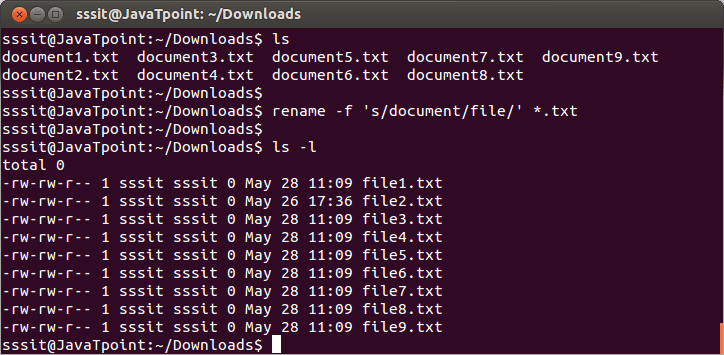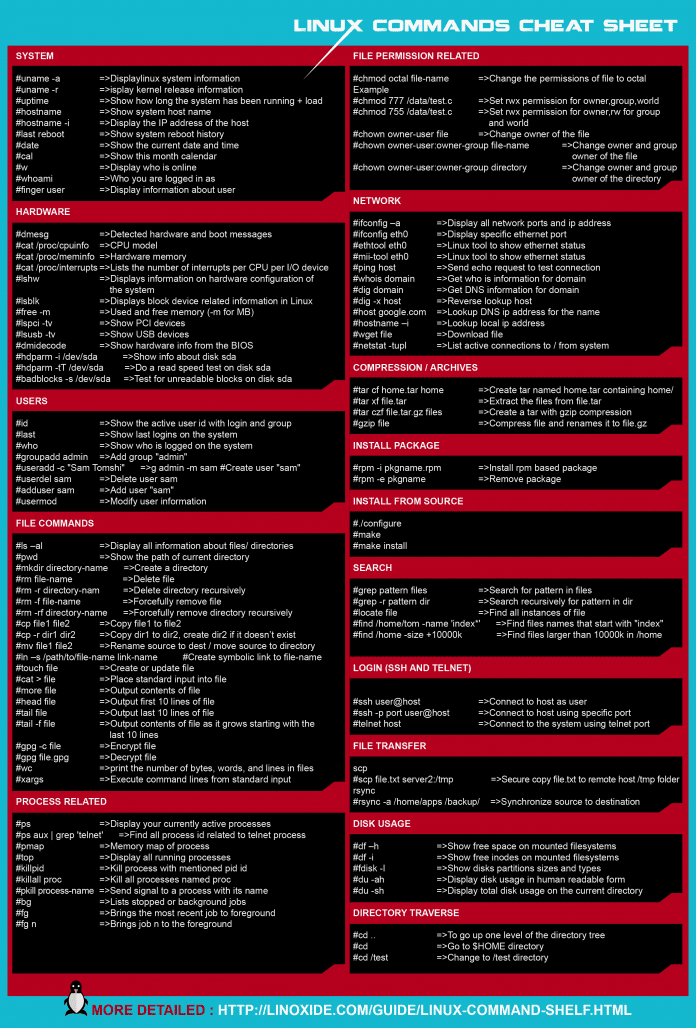

mv also can move several files into a destination folder, or rename a. In the following example, we use Ubuntu File Manager in order to change the directory named “db” name to “database”. Linux uses the mv (move) command to rename for either a directory (folder) or a file. These file managers can be used to rename directories. provide GUI-based file managers by default with different desktop environments. Most of the Linux distributions like Ubuntu, Debian, Mint, Kali, CentOS, RHEL, etc. $ mv -R db database Rename Directory with File Manager or Nautilus GUI Tool
#Rename directory linux full
$ mv -R db databaseĪlternatively, the absolute or full path information can be provided to change the directory name. The mv command works with an empty directory as well as a directory with some content without problem. Instead, it will move the old directory inside the new one. In the following example, we rename the directory named “db” into the new name “database”. This will not work if the new name is already an existing directory. The syntax of the renaming directory in Linux with mv command is like below. Renaming files and directories is simply a case of moving a file or a directory from one name to.
#Rename directory linux how to
The current and new directories names are provided as parameters to the mv command. mv command is used to rename files and directories. bash how to rename directory rename options expression replacement file rename old-name-dir new-name-dir old-name-dir mv old-name-dir/ new-name-dir. Like so many Linux features, you have a variety of options from which to choose when you want to manipulate files and directories. In most cases, the mv command is used to rename a directory or a folder. From this, you will get a result as we have shown below. To do this, we will use the -n option so that it outputs the changed filenames to the command-line.

The -T option generates an error if the directory newname already. The mv command is the most popular command to move, rename files and directories. Let us now show you how the rename tool will scan and rename files on your Linux system. You can use the mv command to rename a folder or directory via command line in Ubuntu. Make sure that you have installed the renameutils package before trying to rename files using qmv. It allows you to rename files and directories using your favorite Linux text editor. There are different ways to change a directory or folder name in Linux. Qmv or the quick move command, included in the renameutils package makes bulk renaming easier for Linux admins. For example, let’s say that you want to rename a specific directory on your filesystem named temp (located in. The directory has also been named a folder. To rename a directory on Linux, use the mv command and specify the directory to be renamed as well as the destination for your directory. Ls -l Sample session Fig.Directories or folders are used to store files and directories in Linux operating systems. It preserves the literal value of the next character that follows, with the exception of newline: The syntax is: mv old name here 'new dir name here' In this case, we’ll rename the directory called. The general syntax of mv command is: mv sourcefolder newdirectory.

Open the Terminal and type the following command to rename “ My Personal Files” to “Files”:Ī non-quoted backslash is the shell escape character. To rename a directory on Linux, use the mv command and specify the directory to be renamed in addition to the destination for your directory. The syntax is as follows: Syntax # 1 – Using single quotesĮnclosing directory name in single quotes ( 'dir name') preserves the literal value of directory name within the quotes: mv 'old name here' 'new dir name here'


 0 kommentar(er)
0 kommentar(er)
